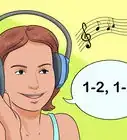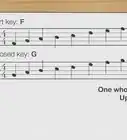This article was co-authored by Michael Noble, PhD. Michael Noble is a professional concert pianist who received his PhD in Piano Performance from the Yale School of Music. He is a previous contemporary music fellow of the Belgian American Educational Foundation and has performed at Carnegie Hall and at other venues across the United States, Europe, and Asia.
This article has been viewed 113,997 times.
The time signature of a given piece of music determines how many beats the piece has per measure, and what type of note represents a single beat. You can figure this out by looking at a song's time signature or counting the beats of a song you are listening to. The time signature is indicated on the musical staff just after the clef and key signature. It is not typically displayed more than once unless the time signature changes.
Steps
Decoding Time Signatures
-
1Read the top number. A time signature contains two numbers and is written as a fraction. The top number represents the number of beats in one measure of music.[1] Common top numbers include: 2, 3, 4, and 6.
- For example, if the top number is “4”, then each measure consists of four beats. If the top number is “6”, then the measure consists of six beats.
-
2Read the bottom number. In a time signature, the bottom number represents the type of note that receives the beat. Each type of note is assigned a specific number.
- “1”: Whole note (the whole note is worth one beat)
- “2”: Half note (the half note is worth one beat)
- “4”: Quarter note (the quarter note is worth one beat)
- “8”: Eighth note (the eighth note is worth one beat)
- ”16”: Sixteenth note (the sixteenth note is worth one beat)[2]
Advertisement -
3Understand the time signature as a whole. After you’ve viewed the top and bottom numbers independently, you can view the two numbers as a whole. Below are a view examples:
- 4/4: each bar has 4 beats and the quarter note is worth 1 beat.
- 3/4: each bar has 3 beats and the quarter note is worth 1 beat.
- 2/2: each bar has 2 beats and the half note is worth 1 beat.
- 6/8: each bar has 6 beats and the eighth note is worth 1 beat.[3]
-
4Identify time signature symbols. Instead of numbers, sometimes the time signature is represented by a symbol. The letter “C” stands for common time and it is used to replace 4/4 time. The letter “C” with a vertical line down the center of it stands for cut time and is used to replace 2/2 time.[4]
Applying it to Music
-
1Count in 4/4 time. When the time signature reads 4/4, each measure has 4 beats and the quarter note is worth 1 beat. This means that the whole note is worth 4 beats, the half note is worth 2 beats, the eighth note is worth 1/2 beat, and the sixteenth note is worth 1/4 beat.
- If the measure had 4 quarter notes, you would count the measure as “1, 2, 3, 4.”
- If the measure had 1 quarter note followed by 6 eighth notes, you would count the measure as “1, 2-&, 3-&, 4-&.” “&” represents a 1/2 beat.
-
2Count in 2/2 time. When the time signature reads 2/2, each measure receives 2 beats and the half note is worth 1 beat. This means that the whole note is worth 2 beats, the quarter note is worth 1/2 beat, the eighth note is worth 1/4 beat, and the sixteenth note is worth 1/8 beat.
- If the measure had 2 half notes, you would count the measure as “1, 2.”
- If the measure had 4 quarter notes, you would count the measure as “1-&, 2-&.” “&” represents a 1/2 beat.
- If the measure had 4 sixteenth notes followed by 1 half note, you would count the measure as “1-e-&-a, 2.” “e-&-a” represents a 1/4 beat.
-
3Count in 6/8 time. When the time signature reads 6/8, each measure receives 6 beats and the eighth note is worth 1 beat. This means that the whole note is worth 4 beats, the half note is worth 4 beats, the quarter note is worth 2 beats, and the sixteenth note is worth 1/2 beat.
- If the measure had 6 eighth notes, you would count the measure as “1, 2, 3, 4, 5, 6.”
- If the measure had 3 quarter notes, you would count the measure as “1-2, 3-4, 5-6.”.
- If the measure had 4 sixteenth notes followed by 1 half note, you would count the measure as “1-&, 2-&, 3-4-5-6.” “&” represents a 1/2 beat.
Listening to Music
-
1Identify the beat of a song. Every song has a beat, or a steady pulse. As you listen to the song, tap your toes or snap your fingers along to the beat.[5]
- Let's use Old McDonald as an example. As you listen to or sing the song, you would tap your toes at the words "Old" + "Mc" + "Don-" + "ald" + "Had" + "A" + "Farm" "(rest)".
- Remember, beats are grouped into measures. The time signature at the start of the piece determines how many beats appear in each measure and which type of note receives the beat. Sometimes a note falls on the beat, other times a rest lands on the beat.
-
2Divide the beats into measures. Measures, or bars, group beats together. Each measure contains the same number of beats. As you listen to the song, keep your ear tuned to the start of a new measure, or bar. This is usually indicated by a strong emphasis on a note (1 + 2 + 3 + 4 | 1 + 2 + 3 + 4 | ). The emphasis is usually something you "feel."
-
3When you listen to or sing Old McDonald, the emphasis falls on the words "Old" and "had".
- "Old" + "Mc" + "Don-" + "ald" | "Had" + "A" + "Farm" + "(rest)" |
- On a musical score, a single vertical line separates 1 measure from another.
- If the time signature changes in the middle of the song, the number of beats in each bar will change too.
-
4Count the beats per measure. Once you've divided the beats into even measures, count the number of beats between each set of bars. This number will be the top number of the time signature.
- In Old McDonald, there are 4 beats per measure.
-
5Do your best to determine the bottom number. Figuring out the bottom number requires some guess work. Base your guess on the speed of the song's beats. If the beats seem slow, the bottom number is probably "2". If the beats seem fast, the bottom number is likely "8". If the beats seem to pass at a medium speed (60 beats per minute), the bottom number is probably "4".
- In Old McDonald, the beats pass at a medium rate. The bottom number is "4". This song is in 4/4 or common time, so named because it is the most common meter for a song
Expert Q&A
Did you know you can get expert answers for this article?
Unlock expert answers by supporting wikiHow
-
QuestionHow do you read a music time signature?
 Michael Noble, PhDMichael Noble is a professional concert pianist who received his PhD in Piano Performance from the Yale School of Music. He is a previous contemporary music fellow of the Belgian American Educational Foundation and has performed at Carnegie Hall and at other venues across the United States, Europe, and Asia.
Michael Noble, PhDMichael Noble is a professional concert pianist who received his PhD in Piano Performance from the Yale School of Music. He is a previous contemporary music fellow of the Belgian American Educational Foundation and has performed at Carnegie Hall and at other venues across the United States, Europe, and Asia.
Professional Pianist
-
QuestionHow do you write a time signature?
 Michael Noble, PhDMichael Noble is a professional concert pianist who received his PhD in Piano Performance from the Yale School of Music. He is a previous contemporary music fellow of the Belgian American Educational Foundation and has performed at Carnegie Hall and at other venues across the United States, Europe, and Asia.
Michael Noble, PhDMichael Noble is a professional concert pianist who received his PhD in Piano Performance from the Yale School of Music. He is a previous contemporary music fellow of the Belgian American Educational Foundation and has performed at Carnegie Hall and at other venues across the United States, Europe, and Asia.
Professional Pianist A time signature is comprised of two numbers, one on top of the other. The top number signifies the number of beats per measure and the bottom signifies which note receives one beat. For instance, in the time signature 4/4, there are 4 beats per measure and the quarter note (signified by the bottom 4) receives one beat.
A time signature is comprised of two numbers, one on top of the other. The top number signifies the number of beats per measure and the bottom signifies which note receives one beat. For instance, in the time signature 4/4, there are 4 beats per measure and the quarter note (signified by the bottom 4) receives one beat. -
QuestionHow do I find the time signature when I know the tempo?
 Michael Noble, PhDMichael Noble is a professional concert pianist who received his PhD in Piano Performance from the Yale School of Music. He is a previous contemporary music fellow of the Belgian American Educational Foundation and has performed at Carnegie Hall and at other venues across the United States, Europe, and Asia.
Michael Noble, PhDMichael Noble is a professional concert pianist who received his PhD in Piano Performance from the Yale School of Music. He is a previous contemporary music fellow of the Belgian American Educational Foundation and has performed at Carnegie Hall and at other venues across the United States, Europe, and Asia.
Professional Pianist
References
- ↑ http://www.bbc.co.uk/schools/gcsebitesize/music/elements_of_music/rhythm_metre3.shtml
- ↑ http://www.bbc.co.uk/schools/gcsebitesize/music/elements_of_music/rhythm_metre3.shtml
- ↑ http://www.bbc.co.uk/schools/gcsebitesize/music/elements_of_music/rhythm_metre3.shtml
- ↑ http://www.studybass.com/lessons/reading-music/time-signatures/
- ↑ http://music.stackexchange.com/questions/15102/how-to-tell-the-time-signature-of-a-song-by-listening
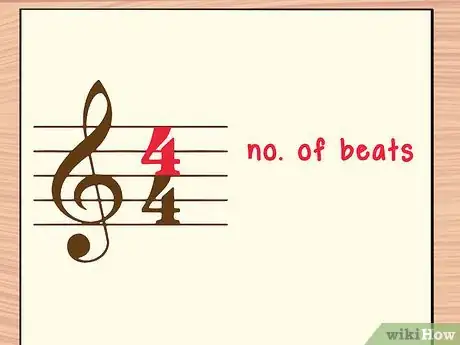
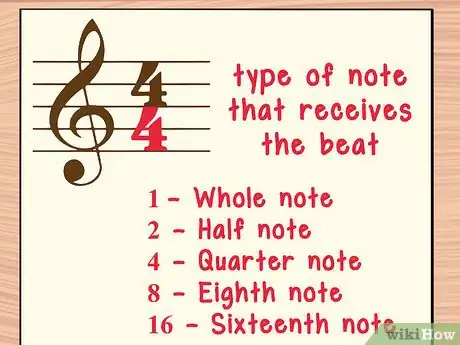
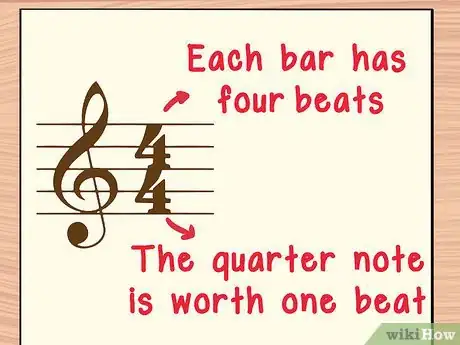
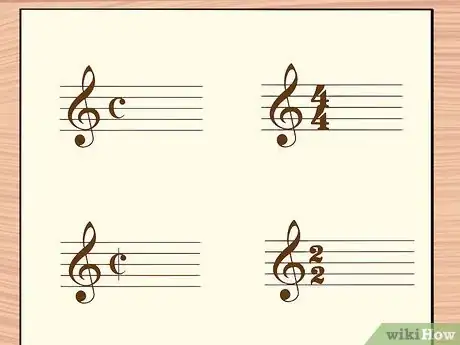
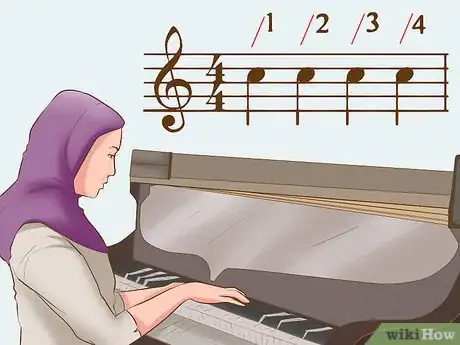
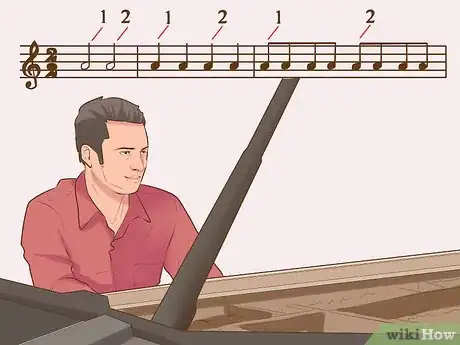

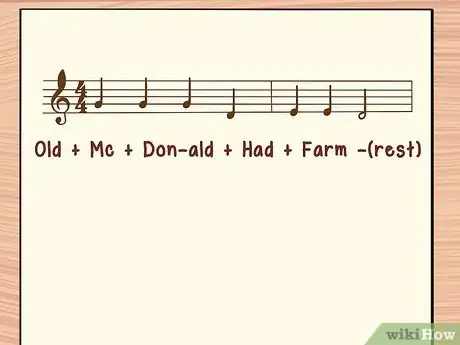
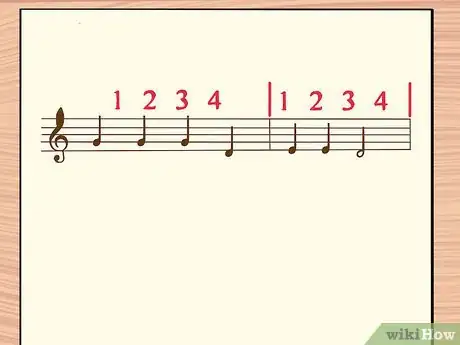
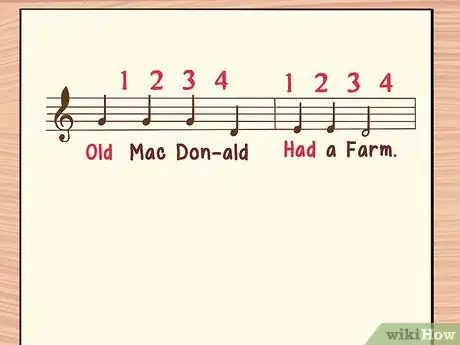
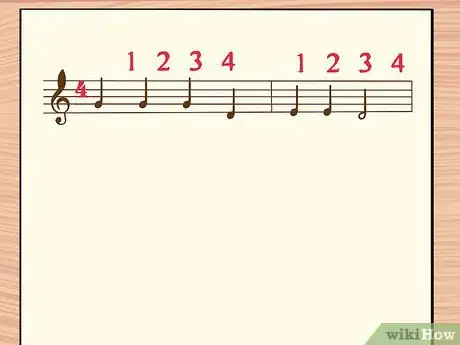
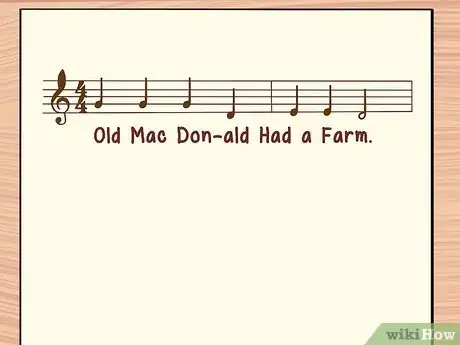
-of-a-Song-Step-9.webp)
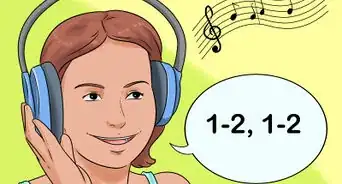
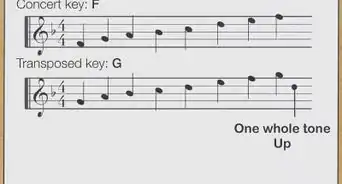




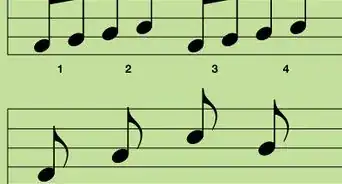

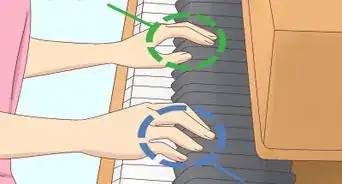

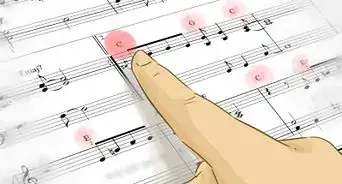
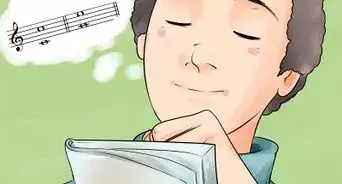
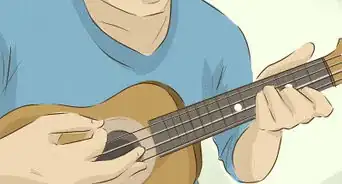








-of-a-Song-Step-9.webp)
